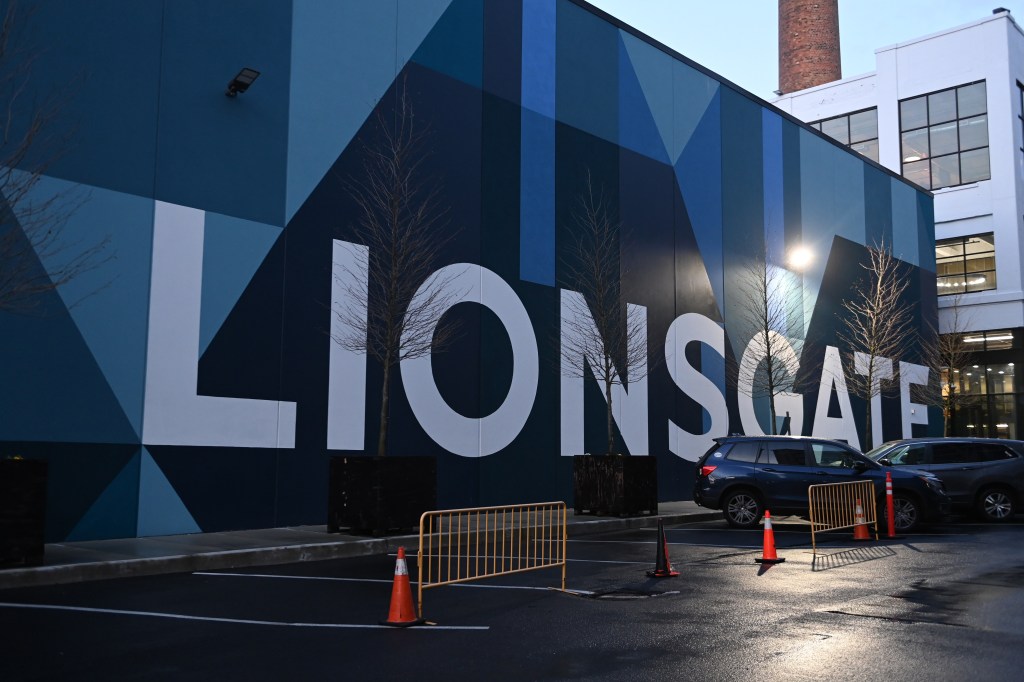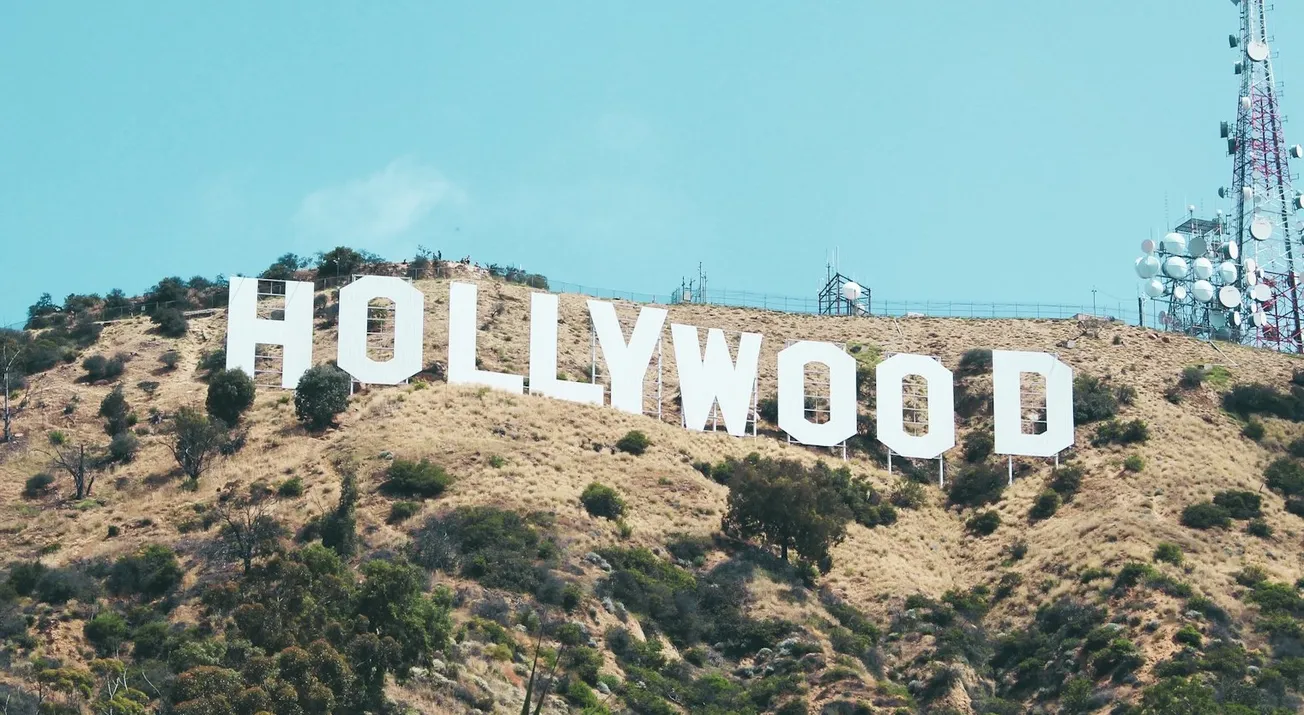Welcome back to Production.ink, Issue #19. Today, we address how LA and California can get their groove back. Governor Newsom and LA Mayor Bass are introducing new financial incentives and cutting red tape to lure production back to LA. Whether these efforts will succeed is unclear, but at least they represent an attempt to bring production jobs back to Los Angeles.
It is no secret that, over the last decade, film production in Los Angeles has faced a major decline. In search of lower production costs, more and more projects are being filmed outside Hollywood—in states like Georgia, New York, New Mexico, and even international markets like Canada and the UK. In the last five years alone, production in Los Angeles has decreased by 30%, with 2024 marking one of the lowest production years since the pandemic. The New York Post even dubbed Los Angeles "the next Detroit," referencing the massive economic downfall of Detroit's once-thriving automobile industry. The downward trend in domestic production has already caused many “below the line" crew jobs to disappear, and it’s believed that each "runaway production" costs California billions in economic activity. Some of Hollywood’s biggest names, including Ben Affleck, have been outspoken about this issue for years, citing the need for higher incentives to keep production in Los Angeles.
So, when California's Governor Gavin Newsom proposed increasing the state's program from an annual allocation of $330 million to $750 million, it seemed like the solution many in Hollywood were seeking. Domestic production would climb, more jobs would be created, and the Los Angeles economy could revitalize its most lucrative industry. If this new budget is approved, Hollywood would remain the primary place for television and film production in the country—and the world.
In May 2025, in the wake of potential tariffs from the Trump administration, Governor Newsom reached out to the White House and proposed yet another tax incentive to boost domestic production—a $7.5 billion federal tax credit for television and film. Newsom even acknowledged President Trump's attention to the production business's broadening geographical reach over the last few years and its effect on California's economy.
But what would this new program and tax credit incentive actually do? And is it actually enough to save Hollywood?
Potential Benefits
Job Creation and Local Spending: Newsom's program could potentially see the return of thousands of TV and film jobs, both below and above the line. Spending on productions also frequently drives secondary economic growth—hotels, restaurants, transportation, and local vendors all benefit when a TV show or film comes to town.
Safeguarding Industry Stability and Retaining Talent: Greater stability and regular local production in California would keep talent in-state, halting the talent drain of skilled workers and recently graduated film students heading to other states. It would boost the local ecosystem of unions, guilds, and service providers that depend on a steady production pipeline.
Boost for Smaller Studios and Indies: With more money available, independent and mid-budget productions may also benefit—especially if the program is structured to support a range of projects, not just big studio tentpoles. This also supports diverse storytelling rooted in California's multicultural communities.
Environmental Benefits: Filming locally avoids the carbon footprint associated with flying crews and equipment to distant locations.
Continued below....

The Trade Offs
Disparate Return on Investment: While state officials claim each $1 in tax credits can result in more than $24 in economic output, some economists disagree, arguing that the figures are exaggerated or unevenly distributed. The Legislative Analyst's Office (LAO) has said the long-term macroeconomic gain to California's overall economy is likely minimal.
Preferences for Big Studios over Indies: Without the right structure, the expanded program could primarily benefit major studios, who can navigate the tax credit application process and secure favorable terms. There is a risk of locking out smaller or diverse creators if credits are capped or dispensed on a first-come, first-served basis.
Opportunity Costs: The $420 million increase could be used elsewhere—in housing, education, or healthcare. Critics argue that the entertainment industry is wealthy enough and shouldn't rely so heavily on public subsidies.
May Trigger an Incentives Arms Race: Other states may respond by raising their own incentives, leading to an “incentive arms race” where public funds are increasingly used to woo productions, often with minimal lasting benefit.
Governor Newsom's proposal could provide a much-needed lifeline to California's struggling film industry—if implemented equitably and strategically. While it has the potential to stabilize and even grow production in the state, its true impact will depend on how it's structured, managed, and balanced against competing public priorities. While it may not be the key to bolstering California's economy as a whole, it could still maintain and revitalize Hollywood as we know it, ensuring it continues to be the hub of television and film production worldwide. If that is Governor Newsom's goal, he may be on the right track.







Warner Bros President of Physical Production Michele Imperato Stabile is retiring later this year.
AGBO, has named John Swartz VP of IP Production.
Lionsgate has upped Taylor Du Pont to head of television post-production following the retirement of Bobby Williams.
Film and TV studio Fifth Season (Severance) has promoted Sheridan Thayer to EVP of Television Physical Production.
Fifth Season has also brought on Deitch Jones from Netflix as VP of Television Development & Production.
Imagine Entertainment has hired Max Greenspan as SVP of their Television Division.
Pressman Film increases COO Paula Paizes’ Role to include the title of President Of Production.
Television agent Brandon Finkelstein is joining Creative Engine Entertainment as VP of Production and Development.
Universal TV’s Head of Production Jerry DiCanio To Retire In May.
Thanks for reading. See you soon. - The Production.ink team

Physical Address: 367 St. Marks Avenue, Suite 765, Brooklyn, NY 11238






